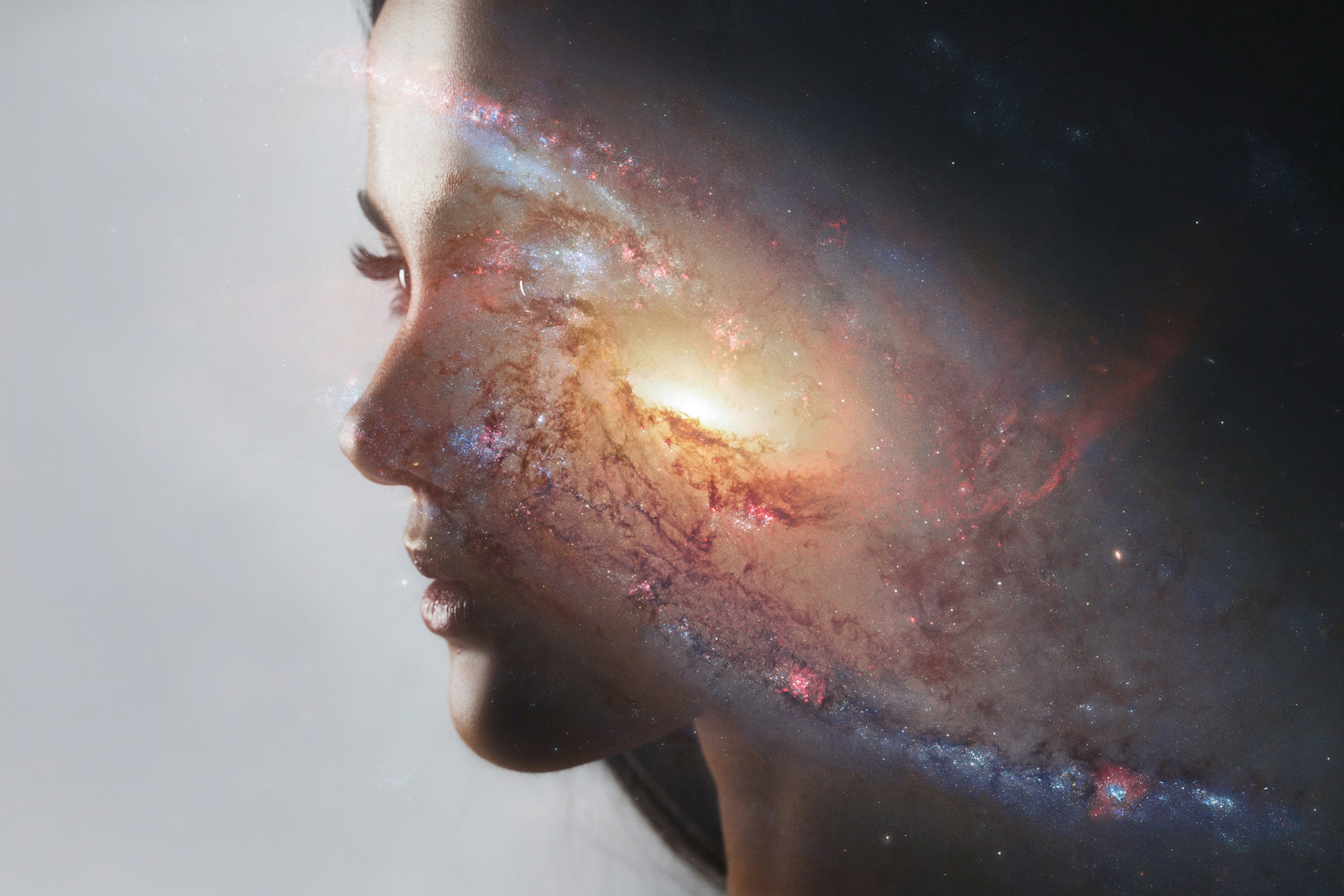
What is your Friday ritual? In other words: If you are like me and work Monday through Friday, how do you shake off the week that was and embrace the two days you have to (hopefully) not grind your way through the day? I do a couple of things: I cook a fillet of salmon with crispy skin for my tea. I make lovely side salads. I have a good glass of wine. And then I fight with my toddler over getting in the bath.
But this week is not like most weeks. This week, we watched history unfold as the James Webb Space Telescope revealed its first scientific images and spectra on Monday and Tuesday. These images, essentially a test drive before the real journey begins, are not only beautiful but also groundbreaking. As the days pass, more and more little nuggets of information tumble out of the scientists who produced the images and those who are now frantically studying them. Including a little controversy — but you’ll have to scroll down to learn what happened.
Happy Friday! In today’s newsletter find out what went down with the Webb, dive into the latest Webb image drop (oh yeah, there’s more!), and take a look back at everyone’s favorite anti-hero, Loki, whose solo Disney+ show finale dropped one year ago.
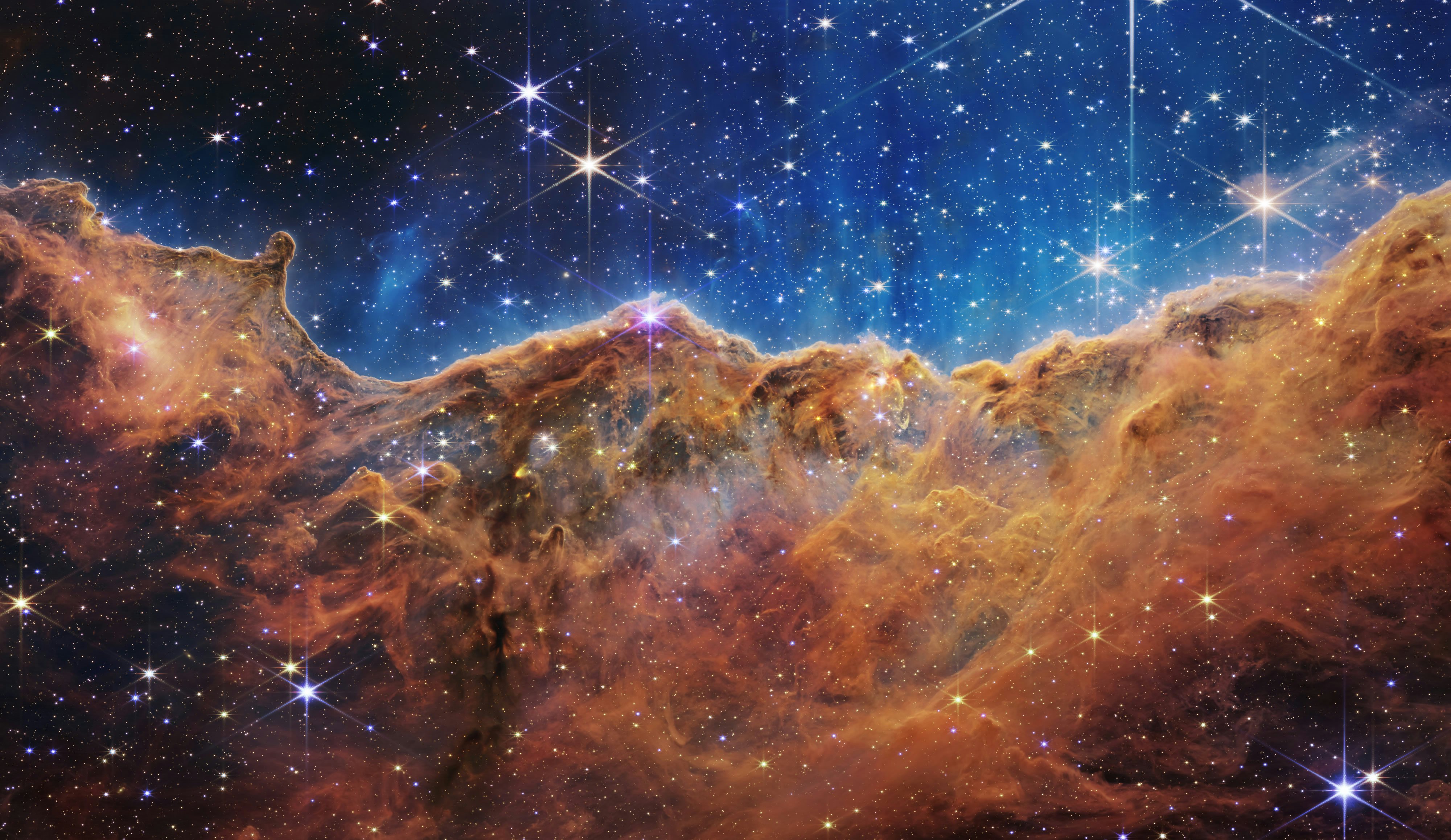
Webb Telescope Cosmic Cliffs image controversy: Is it really the Carina Nebula?
Sometimes cosmic boundaries get a little nebulous. That’s the case with the Carina Nebula and NGC 3293. Software developer and amateur astronomer Kevin Jardine, who created the European Space Agency’s Star Density Map and runs the Galaxy Map project, claimed on Twitter on July 13, 2022 that the image of a towering wall of clouds in the Carina Nebula doesn’t actually show the Carina Nebula.
Instead, says Jardine, it’s a smaller nearby nebula called NGC 3324, or sometimes the Gabriela Mistral Nebula. That’s based on Jardine’s examination of the astronomical data underlying the gorgeous images, which was released to the public on Wednesday and included detailed location information for the objects in each image.
Jardine tweeted, “The data table confirms that the Carina image released yesterday was *not* of the Carina Nebula (NGC 3372) but of the ionizing cluster (NGC 3324) of the Gabriela Mistral Nebula (Gum 31 / IC 2599). You can see it at the bottom of this Car OB1 map.”
Inverse investigated... here’s what we found.
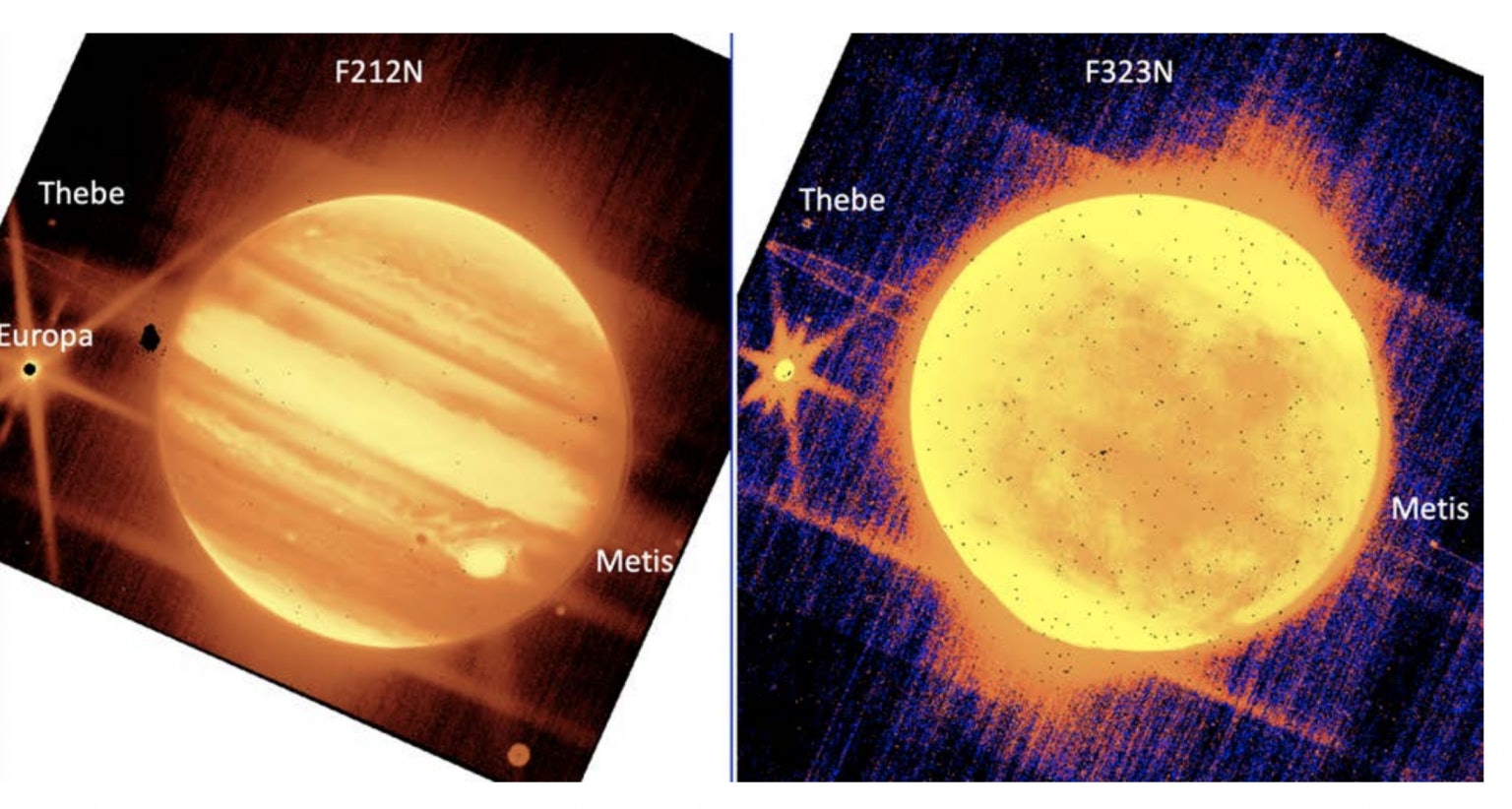
By Jove! Jupiter glows in new James Webb Space Telescope images
Jupiter and its ocean moon Europa shine in Webb’s test imagery. It’s a preview of what’s to come from the amazing new observatory.
In the image (not exactly the same as the one above), the Solar System giant appears in rare form. The new images from JWST’s NIRCam instrument delivered a radiant infrared view of Jupiter, even through the instrument’s muted color palette. The planet’s equatorial band, poles, and Great Red Spot are cast in a mesmerizing glow. NASA published this and other spectacular Jovian views on Thursday afternoon, three days after President Biden and NASA representatives announced the observatory’s first official image.
“Combined with the deep field images released the other day, these images of Jupiter demonstrate the full grasp of what Webb can observe, from the faintest, most distant observable galaxies to planets in our own cosmic backyard that you can see with the naked eye from your actual backyard,” Bryan Holler, a scientist at the Space Telescope Science Institute (STScI) in Baltimore, states in NASA’s announcement.
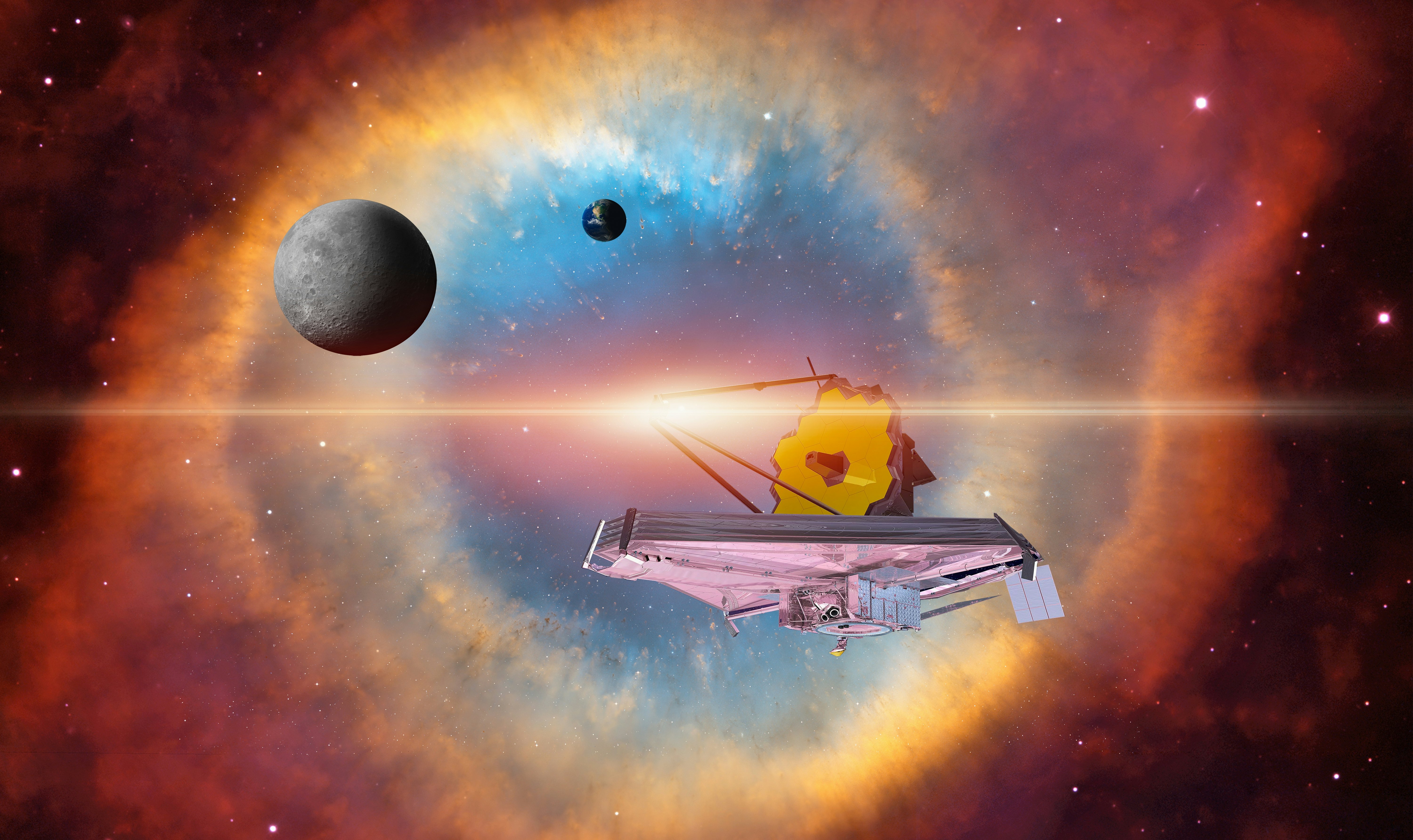
What is in the next Webb Telescope images? NASA leaves a breadcrumb trail
Here’s when to expect the next Webb images and a preview of what we might see.
The Webb Telescope’s next full-color image release is “tentatively slated for the week of August first,” Christine Pulliam at the Space Telescope Science Institute tells Inverse. At the moment, "no decisions have been made" regarding the next images the Webb team will prepare for public release, but here are a few of the things that may be on the shortlist, based on Webb's recent and upcoming observation schedule.
Webb’s next image release may include another, even deeper look into the ancient universe – but with even more galaxies.
Science operations had already started by the time the public saw Webb’s first full-color images on Tuesday, so some of the images released in early August will likely come from those earliest real science observations. And those observations, according to University of Montreal astronomer Rene Doyon, include more deep field data.
Here’s what else we can expect.
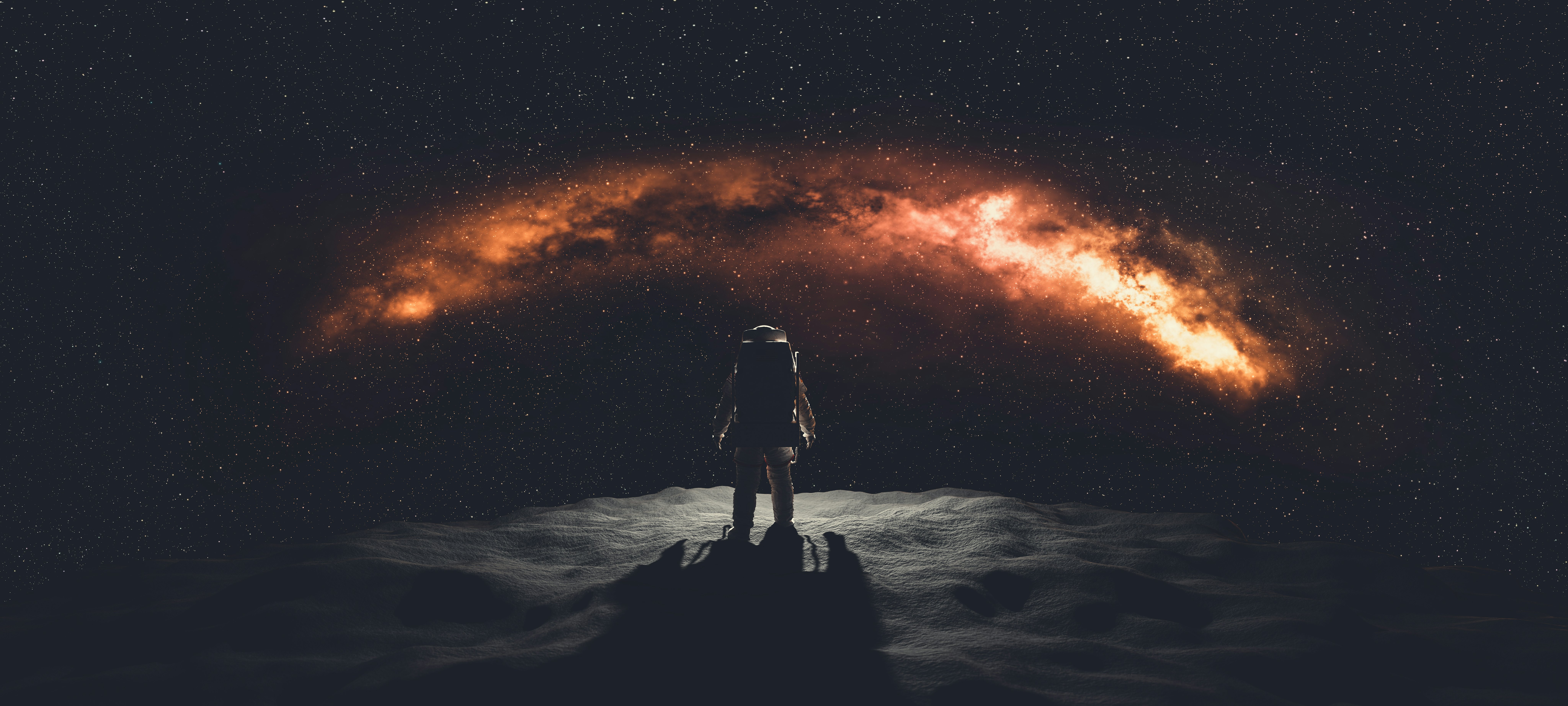
The best sci-fi thriller on HBO Max reveals a brutal truth about life on Mars
Living on Mars is a dystopian hell in the 1990 hit film Total Recall. Will real life be the same?
Step onto the planet without a protective spacesuit and your eyes will pop out of their sockets as your blood vessels burst and your entire body convulses. At least, that’s the premise of one of the most successful science fiction movies to ever set foot on the red planet.
Luckily, the Mars colonists in Total Recall’s imagined future don’t venture outside all that much, living in large domes filled with breathable air instead. But these domes are a different kind of hell. For many, the conditions are terrible. People are charged for essential resources and poor radiation shielding has led to genetic mutations.
There’s a lot of wild and escapist sci-fi in Total Recall. Talking taxis, a three-breasted lady, flashing memory implantation machines, a was-it-all-a-dream? ending, and a psychic rebel leader conjoined to his brother George’s stomach.
But the Arnold Schwarzenegger vehicle from director Paul Verhoven also forces us to consider the harsh realities of life on Mars — and how those in power might one day control the planet’s precious resources. Is Total Recall a vision of humanity’s future life on Mars?

One year ago, Loki shattered the MCU — but did it matter at all?
One year ago, the game-changing Season 1 finale of Loki made promises about the future of the MCU that Marvel Studios still has yet to follow through on.
The episode, called “For All Time. Always.,” concludes with Sylvie (Sophia Di Martino) killing the creator of the Time Variance Authority, a kooky variant of Kang the Conqueror known as He Who Remains (Jonathan Majors). The episode’s final moments subsequently see Loki (Tom Hiddleston) end up stranded in an alternate reality ruled by Kang the Conqueror.
When it was released, the episode’s conclusion seemed to set up multiversal chaos for the Marvel Cinematic Universe. But even though films like Spider-Man: No Way Home and Doctor Strange in the Multiverse of Madness have provided small doses of that, the Phase 4 titles that have followed Loki have failed to follow through on its promises.

About this newsletter: Do you think it can be improved? Have a story idea? Want to share a story about the time you met an astronaut? Send those thoughts and more to newsletter@inverse.com.
- On this day in history: On July 15, 1965, Mariner 4 flew by Mars and got some of the closest pictures of the planet ever achieved at that point.
- Song of the day: “The Widow,” by The Mars Volta.







